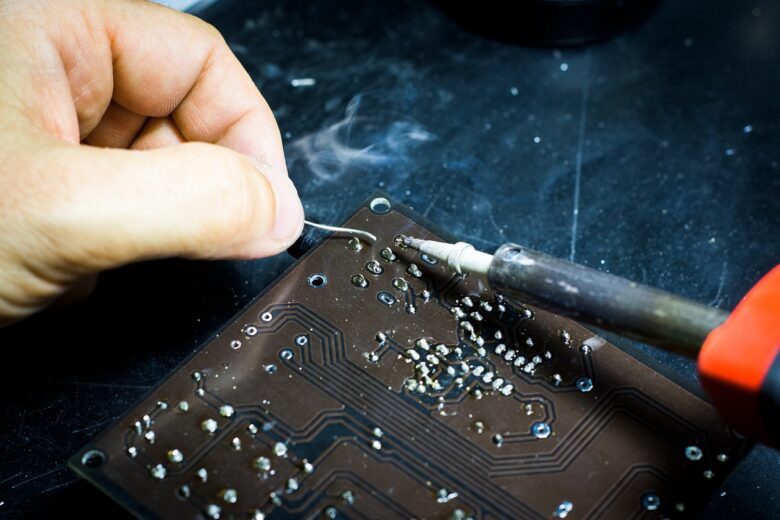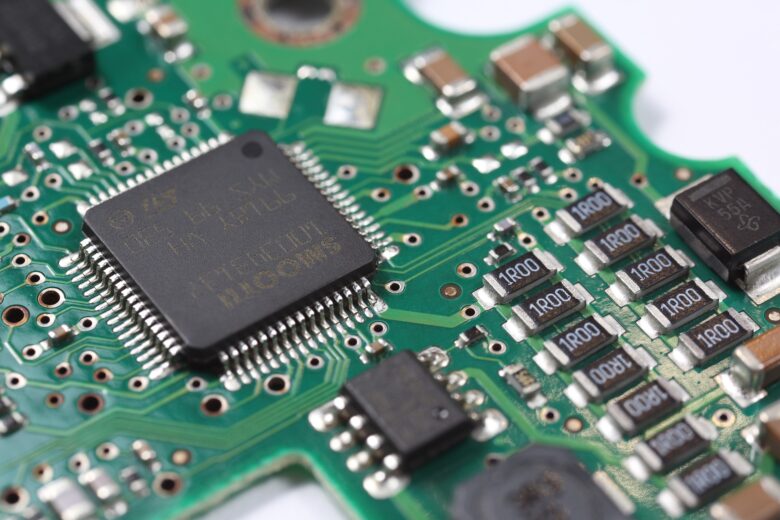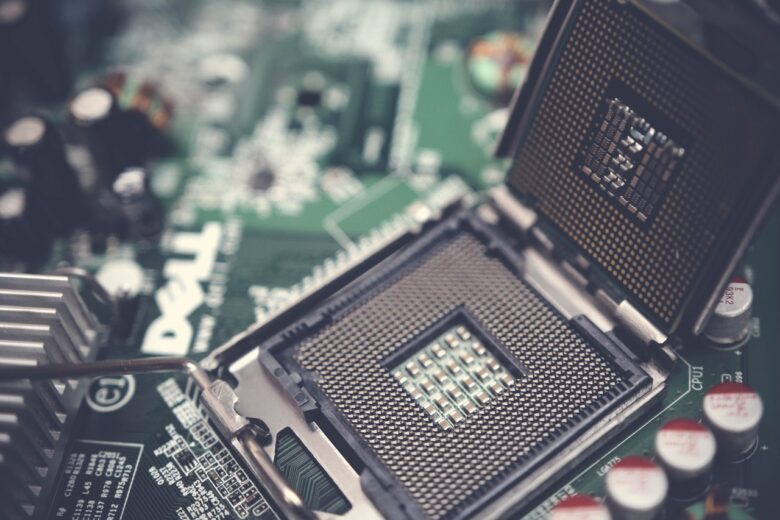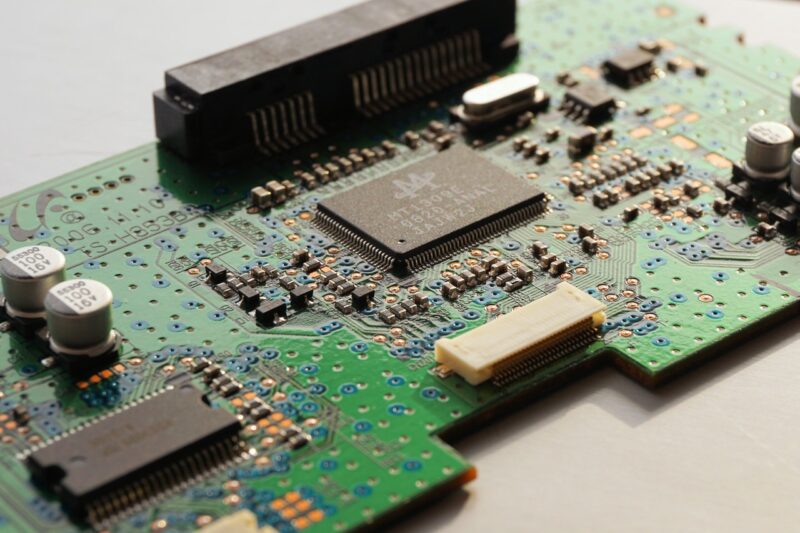PCB or printed circular boards are the most important parts of every electrical device you own. They can be found in our smartphones, laptops, TV and even home appliances. Since they are so important in our lives, manufacturers need to produce high quantities daily so that they can satisfy the customers’ needs. In this article, we are going to give you more information about the PCB manufacturing process and help you understand all the steps involved in it. Continue reading if you want to learn more about the most important component on your devices, and how it is made.
Fabrication process

Let’s first talk about the fabrication process, and all the steps needed to create these components. The first step is development, and in that step, the printed circular board is designed. Even for the simplest designs, this process is needed, because, with the right schemes, high-quality products can be made that function properly.
The next step is production or manufacturing. In this part of the process, the design is turned into a product that can be later used.
PCB testing is crucial because, during this step, errors can be noticed, and it can be seen if the board functions as intended. Know that testing and production go hand in hand, and testing is done while the boards are still being produced. When an error is noticed, the improved version is integrated into the next cycle of production.
After all the components are made, and when everything is tested and proven to work correctly, the final stage is assembly. During this step, all the components are put together, and the finished circuit boards are once again inspected to see if they are functioning properly.
Components

There are four main parts that go into a printed circuit board. The substrate is said to be the most important part of the board and it is usually made of fiberglass. The reason for this is because fiberglass will provide the needed strength, it is durable, and it won’t change shape or get damaged when exposed to different temperatures. As we all know, our devices can easily overheat, or we can forget them out in the open when the temperatures are below freezing, and the fiberglass will still keep all the components on the board intact.
The next component on these devices is the copper layer. Note that depending on the device, this layer can be just a foil or a full layer. The copper is needed to act as the nervous system in our bodies, and it is the one that sends signals between all the other parts. Even though there is not much of a difference if foil or a full layer is added, copper is still needed so that the boards can work. Without it, there won’t be any signal transmission and the board will just not function.
Note that during the fabrication process, the copper is melted onto the board, and sometimes it can leak and there can be excessive parts of it. A chemical solution is used to remove all the unwanted copper and then the board is ready for the next step we previously mentioned.
According to uetpcb.com, during the PCB manufacturing process, different layer boards can be created, and the number of layers can go up to 48. Know that depending on the type, these boards can withstand high temperatures, they can be rigid or flexible, and they can also be hybrid boards.
After the copper is added, melted, and the unwanted parts are removed, the manufacturers add a layer of polymer that is also called a solder mask. The name solder mask comes from the fact that the polymer protects the printed circuit board from the environment, and even if that part comes in contact with moisture or dust, other components will not be affected, and with that, they won’t be damaged. This protective layer helps the boards with their durability and can help them last for decades even more.
The final part that is added on these boards is called the silkscreen, also known as the legend or nomenclature. As the name suggests, on this part there is information about the manufacturer, the board itself, as well as info on the testing process, and the other components used. This info helps electricians when they need to open the board, fix it, or replace it.
Application

Now let’s talk about where the PCBs are used. As we mentioned before, they can be found in almost every electrical device.
First of all, they are used in consumer electronics, and you can find them in your smartphones and watches, in your radios, and even the TV remote. If your remote has ever fallen down and broken, you were probably able to see the board. Know that they are also used in computers, entertainment systems, and home appliances including the microwave and the coffee maker.
The PCBs are used in the automotive industry for navigation, engine management, temperature sensors, and power supplies. They are also used in different industries including assembly machines, presses, ramps, and power inverters.
One of the most important fields that utilize printed circuit boards is medicine. In healthcare and medicine, PCBs are used in different types of equipment including scans, screens, and medical monitoring devices.
As you can see the manufacturing process is complex, and because of that, if you are looking for a manufacturer to prove these components for your products and appliances, you need to collaborate with a company that has the needed knowledge, experience, and staff with the right skills. There are a lot of different types of PCBs including multilayer, standard, flex, flex-right, LED, cable, and box. If you are not sure which one is the right type for your needs, you should contact the manufacturer, and ask for their professional opinion.
These boards are simple, yet so complex, and they help us lead better and safer lives. With the right manufacturer, you can have the best components that will keep your appliances working for decades to come.


